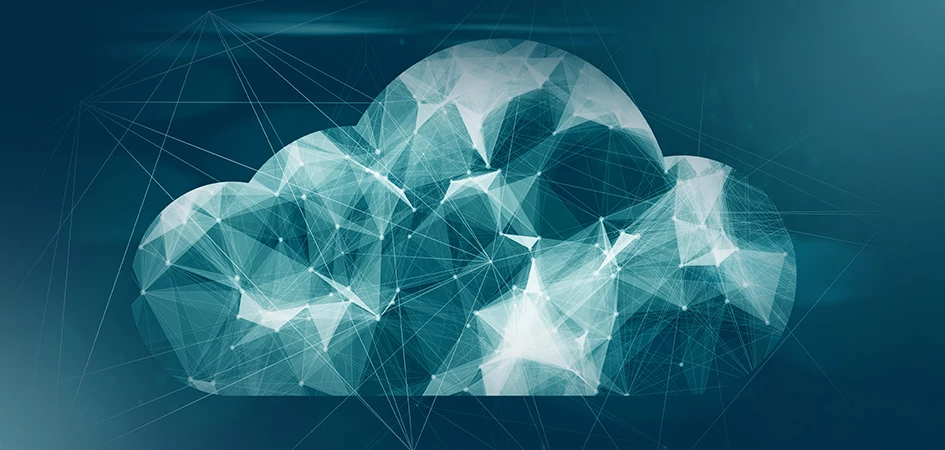What Are the Risks of Hosting Data in the Cloud?

Trustwave Research Reveals Cybersecurity Risks Threatening Patient Lives in Healthcare. Learn More
Get access to immediate incident response assistance.
Get access to immediate incident response assistance.
Trustwave Research Reveals Cybersecurity Risks Threatening Patient Lives in Healthcare. Learn More

For all kinds of organizations, the shift toward the cloud is accelerating. In fact, Gartner predicts that by 2022, 75% of all databases will be deployed or migrated to a cloud platform, with only 5% ever considered for repatriation to on-premises.
Of course, along with this great migration come even greater risks – and the obligation to defend against them. To understand a little more about both topics, we talked with Mark Trinidad, a senior product manager at Trustwave.
Mark: There are a variety of factors that are driving this change, and I would say that the first is cost savings. As organizations move from traditional data centers, to using public clouds, they are saving money by eliminating the need to host large data centers – from racking and stacking to paying for the electricity. So, as they are migrating their infrastructure, the data will naturally follow.
Another reason is flexibility. The cloud offers so many different ways that your data can be hosted – along with easier ways to offer access – that it’s really so much more advantageous to most organizations, versus a traditional data center.
Mark: Potentially very secure… but that answer is highly dependent on each organization’s unique circumstances. Cloud platforms offer the ability for you to have a secure environment. That’s a way of saying that the cloud has embraced security upfront. Public cloud providers know that they’re going to have different customers with different regulatory requirements, so they know that they need to adopt a security-first mindset, with very secure functionality.
Organizations need to understand what those security features are, though. Just because cloud providers offer built-in security functionality, organizations still need to know what they are, how to use them properly, and understand the gaps to know what other solutions they need to bring to meet their security goals.
Mark: For the cloud, many of the risks are the same. You have the security risks, the business risks and the governance risks. The shift is in understanding how those risks apply to the cloud. And that’s a difference for many organizations, because for years they’ve understood all those risks from a procedural, technological and staffing point of view, but now they need to see it from a new paradigm. So – to figure out their top risks – organizations must learn to apply their existing risk controls to the cloud environment.
Mark: Yes – many organizations assume that it’s the cloud provider’s responsibility to provide security, which is not true. So, organizations begin moving data into the cloud and essentially leave it all on the default configuration, without “reading the manual” and understanding all the features. And that’s understandable, because so many of the public cloud platforms make it so simple to get set up and stand up an environment – in some cases you can even try it free before fully committing. But while default settings may allow users to get up and running quickly, they lack the secure configurations. Cloud providers want to make it very easy to spin up environments through scripts that organizations can take advantage of, but they need to be cautious, because very security settings are not enabled in those scripts.
Mark: By understanding what their current security environment is—and how it’s going to grow. Very few organizations are going to be cloud only, or on-prem only, there’s usually going to be some sort of hybrid. So, as a basic best practice they need to consider what’s most important to protect in this hybrid world. Whatever security technologies and practices they have in place need to be adopted to the new environment. There needs to be a shift in mindset, a shift in skills, along with a shift in actual technology.
So, organizations can best protect themselves by looking at every single aspect of their program. Because each cloud platform will have its own security controls, finding a solution that helps with security and governance across all platforms, including on premises, will be best. Ensure that you understand what security the cloud platform provides and understand your risks to help ensure your data is protected no matter where it lives. Use tools that give visibility into your data across all platforms.

Many organizations are moving to cloud-based IT infrastructures as a means of solving scalability, performance, availability and cost problems. However, they often fall short in ensuring the security of their data and assets as they move to the cloud. In this white paper, Trustwave experts share best practices to help you secure your databases in the cloud.
Trustwave is a globally recognized cybersecurity leader that reduces cyber risk and fortifies organizations against disruptive and damaging cyber threats. Our comprehensive offensive and defensive cybersecurity portfolio detects what others cannot, responds with greater speed and effectiveness, optimizes client investment, and improves security resilience. Learn more about us.
Copyright © 2025 Trustwave Holdings, Inc. All rights reserved.